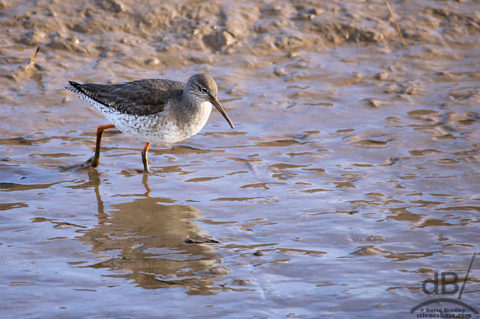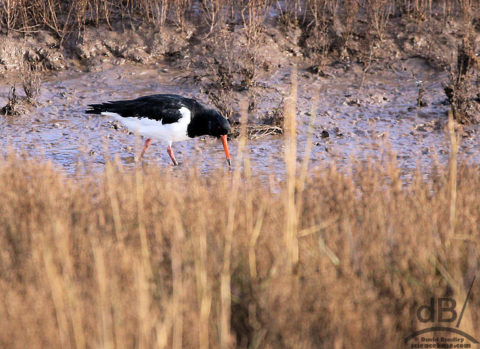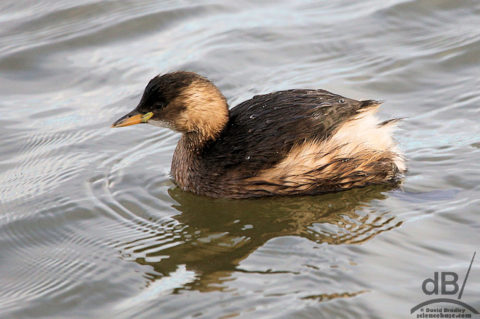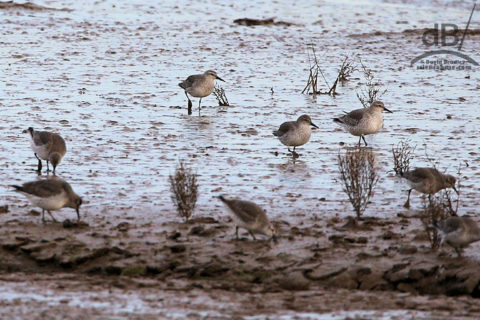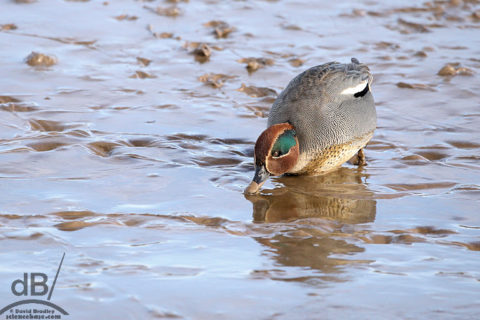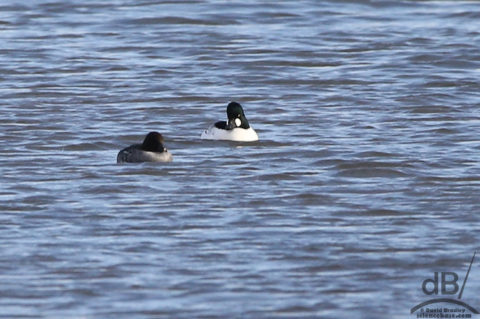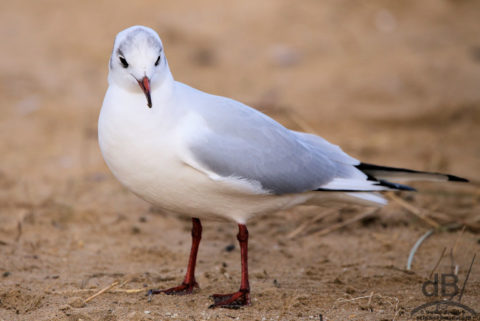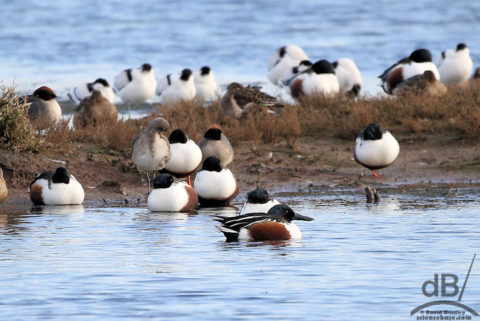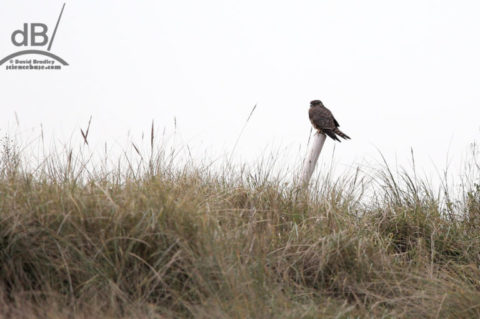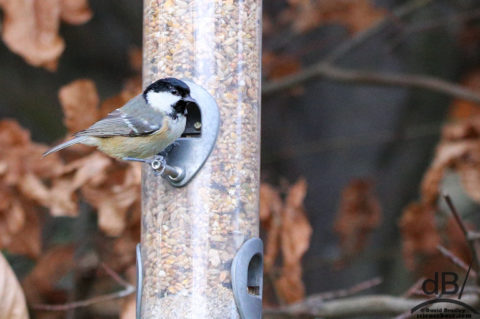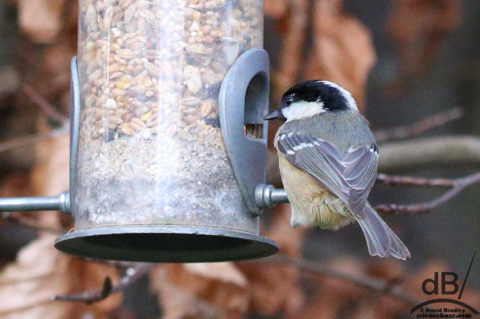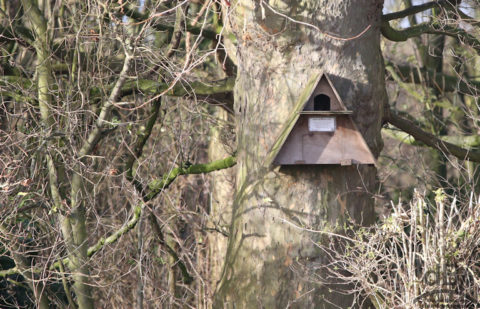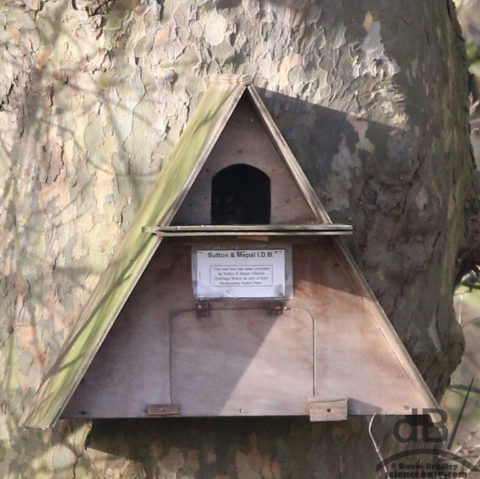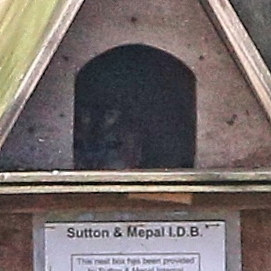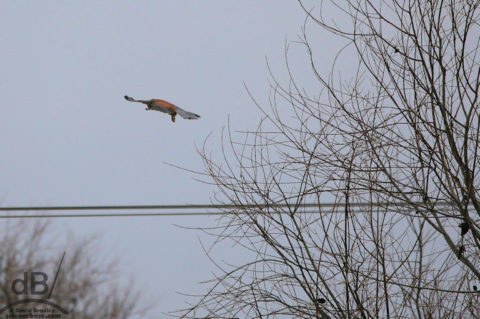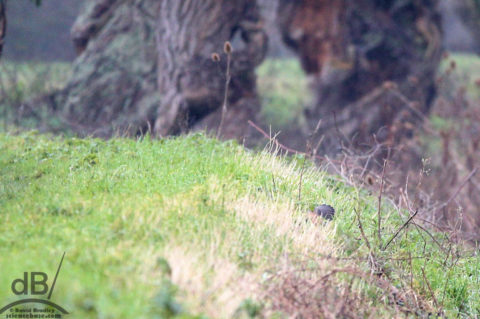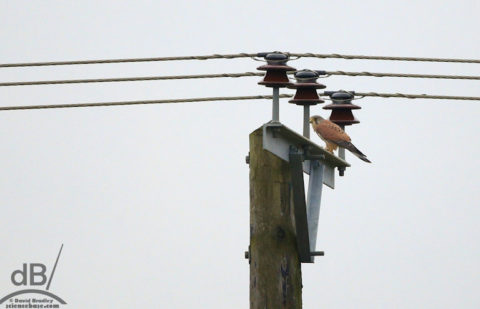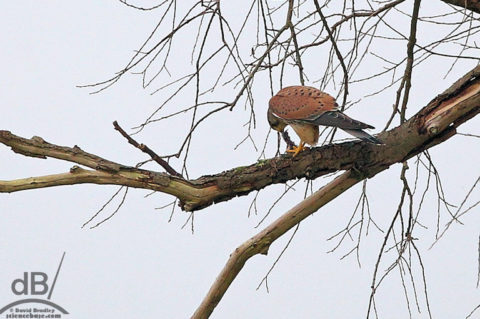Executive summary for moonshots with an SLR and a telephoto lens
Pick a cold, clear night, when the moon is in the sky.
Set up your camera and lens on a sturdy tripod outside. Let the kit acclimatise before shooting.
Use the longest focal length lens you have available to fill the frame with mostly moon.
Use the camera’s shutter timer or a remote shutter control.
Use LiveView or the equivalent to reduce vibration from the moving mirror.
Use a fast shutter speed, at least 1/180s.
Find your lens’ optimal small aperture, commonly sharper photos are at about f/8, but it does vary. This is about quality rather than depth of field.
Set the ISO as low as possible to reduce image noise but to allow a decent exposure. I’d say ISO 640 is the upper limit.
Shoot RAW to give you all the data to allow you to get the best image in post-processing.
Use a photo editor to crop to taste, adjust levels, boost contrast, and sharpen your photo.
If you’re sharing it on social media, make a copy of the final processed photo as a JPEG (85-90% quality) and resize it to 1024 pixelwidth, apply a touch more sharpening to that, add your logo/watermark, save, and share.
TL:DR
Use as long a zoom lens as you have access to. A sturdy and stable tripod and a remote shutter control. If you don’t have a shutter control, use timer mode and set it to 10 seconds to give the camera time to settle after your press the shutter. You need to choose a fairly still and clear night (cold and low humidity will give the best “seeing” as astronomers say. Unless you really want a full moon, go for a waxing or waning gibbous or a crescent and you’ll get those terminator craters and mountains. Also, full moon is brighter and harder to control exposure, although it definitely can be done.
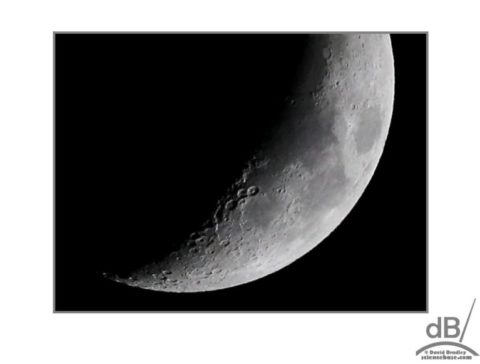
I shoot with a Sigma 15-600mm zoom on a Canon 6D (later a 7Dii). Set your ISO to around 1000 (I try to go for about 640 on the 7Dii), opt for shutter priority 1/1000s, aperture left to its own devices but f/6.3, and EV it up a few notches +0.7, say but check your exposure with each shot and adjust accordingly (I’ve not found EV was any use on the 7Dii). Opt for single-point autofocus on the craters towards the dark edge but where there is still sunlight or use Live View mode instead of your viewfinder and manually focus. I’d recommend Live View mode or the equivalen on your brand regardless.
I generally crop in quite tight and enhance contrast using curves or levels ever so slightly to make sure the black sky is black but without losing too much detail at the edge of the moon. Also a little bit of unsharp masking on luminance only doesn’t go amiss, but don’t overdo it or your moon shot will look faked. There are many more sharpening tools, such as Topaz Sharpen AI that have appeared since I wrote this article, they can give your photo a boost. Also Topaz Denoise AI.
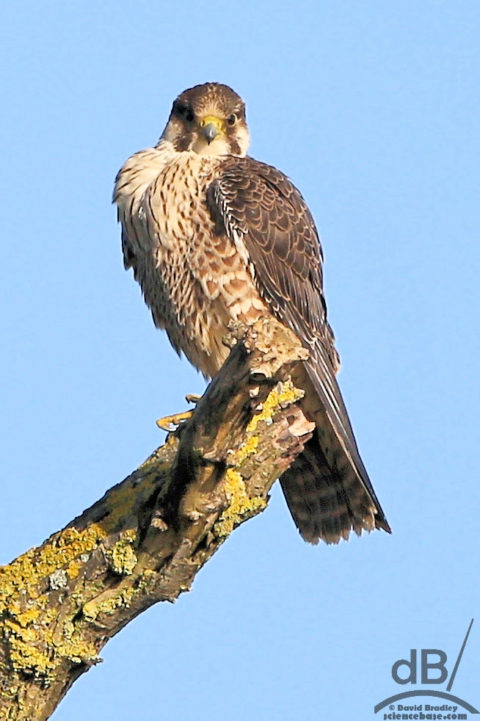
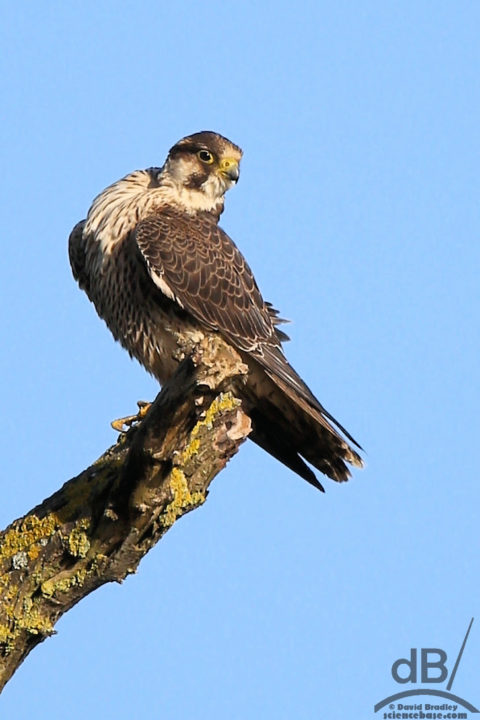
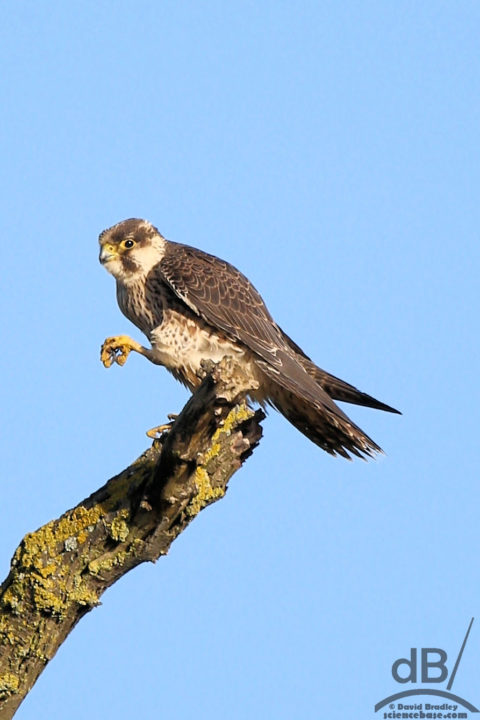
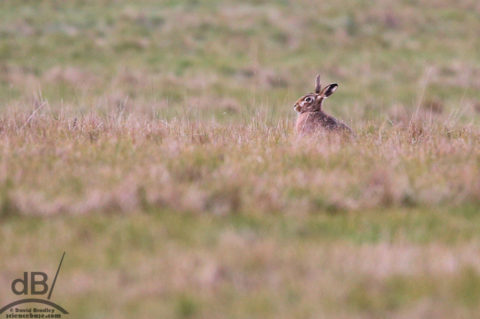
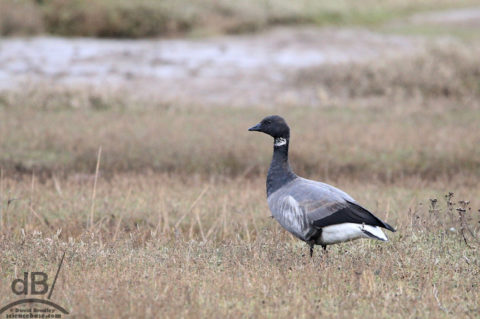 Lots of Curlew (Numenius arquata), Redshank, Little Egret, occasional Skylark, possibly Meadow Pipit, Blue and Long-tailed Tit, Linnet, Wigeon, Chaffinch, Mallard, Teal, Black-tailed Godwit (on floodwater further inland).
Lots of Curlew (Numenius arquata), Redshank, Little Egret, occasional Skylark, possibly Meadow Pipit, Blue and Long-tailed Tit, Linnet, Wigeon, Chaffinch, Mallard, Teal, Black-tailed Godwit (on floodwater further inland).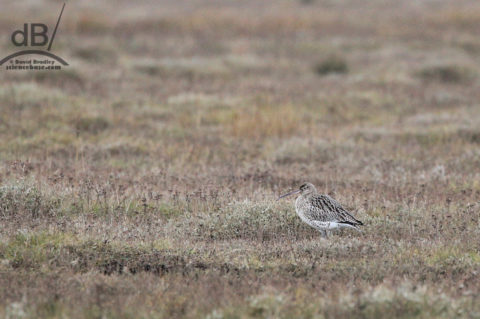
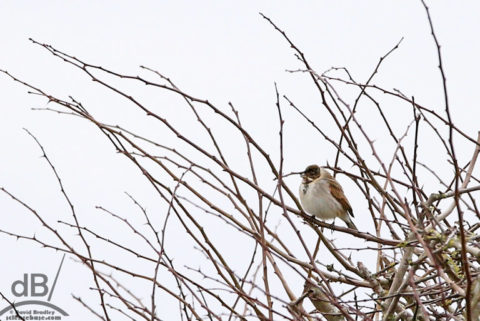
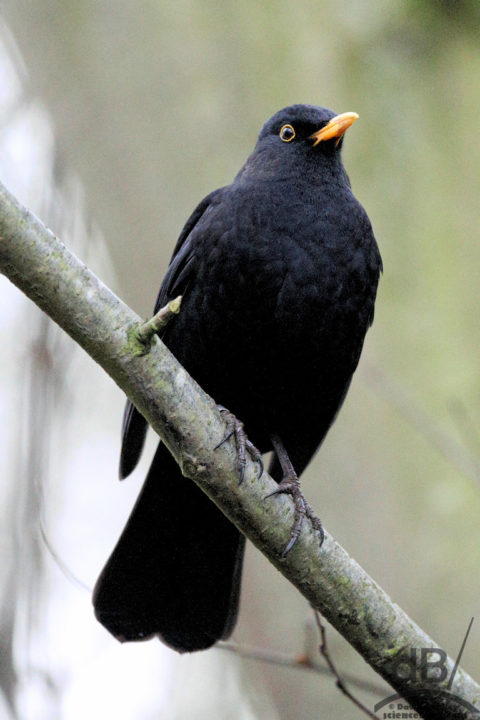
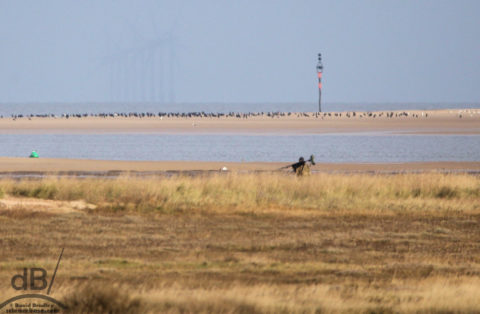
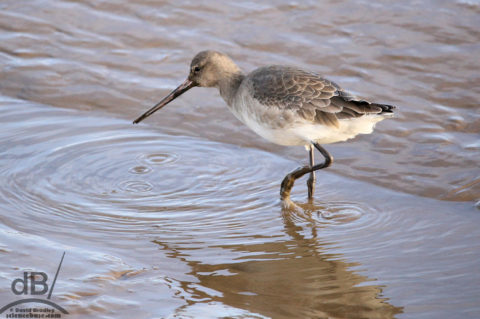
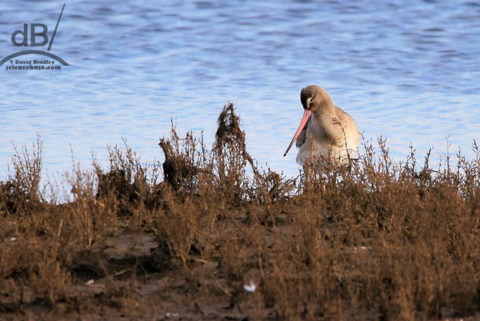
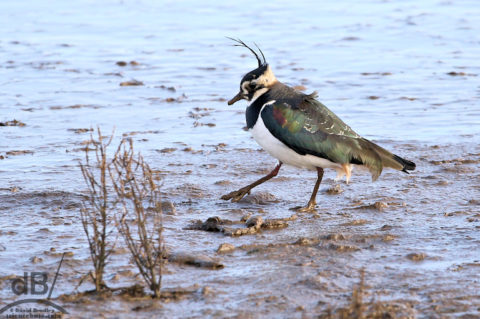 Grey Plover (Pluvialis squatarola)
Grey Plover (Pluvialis squatarola)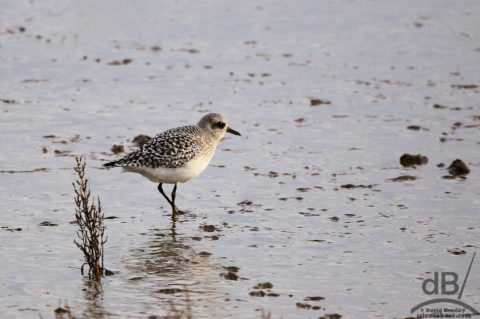 Dunlin (Calidris alpina)
Dunlin (Calidris alpina)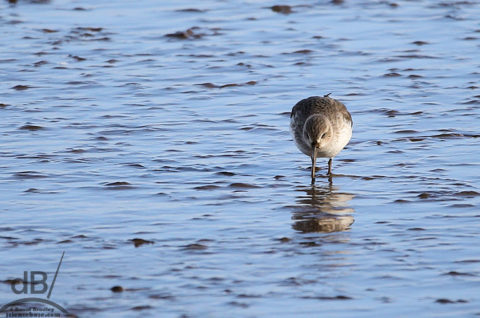 Ringed Plover (Charadrius hiaticula)
Ringed Plover (Charadrius hiaticula)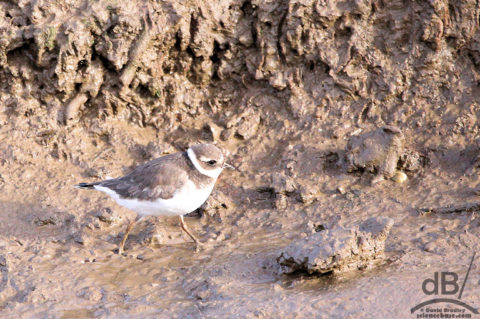 Common Redshank (Tringa totanus)
Common Redshank (Tringa totanus)